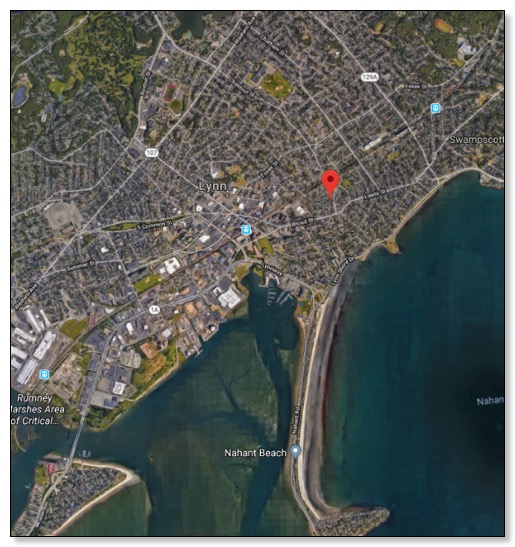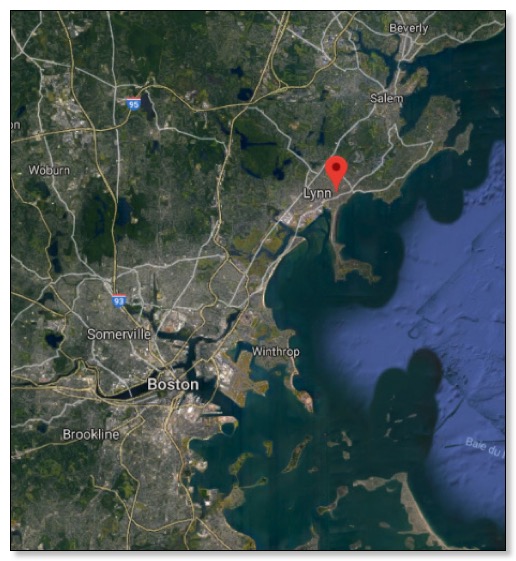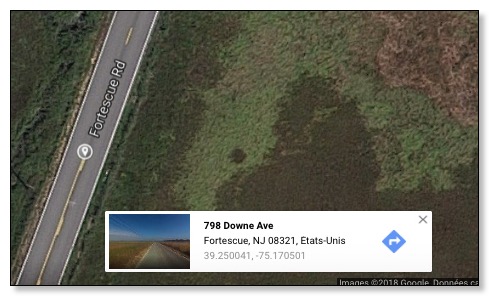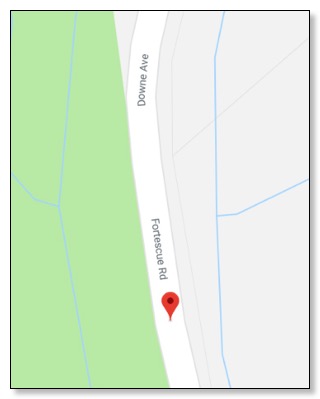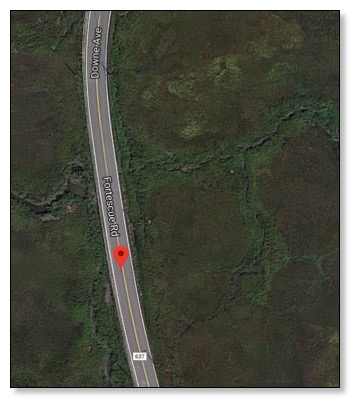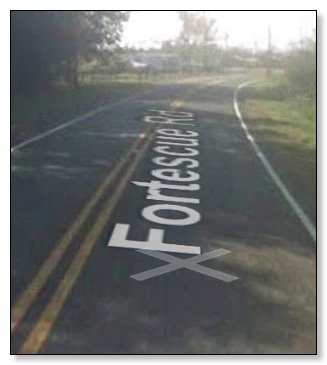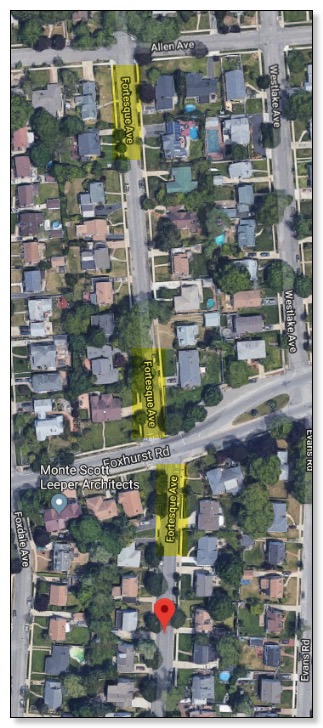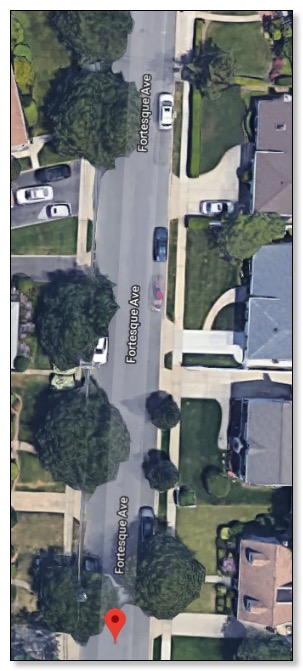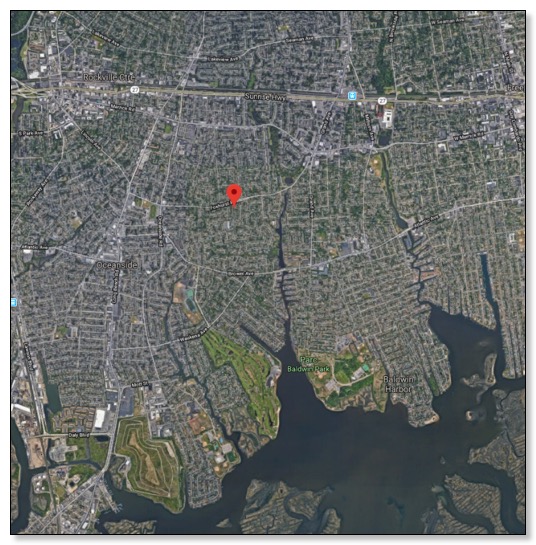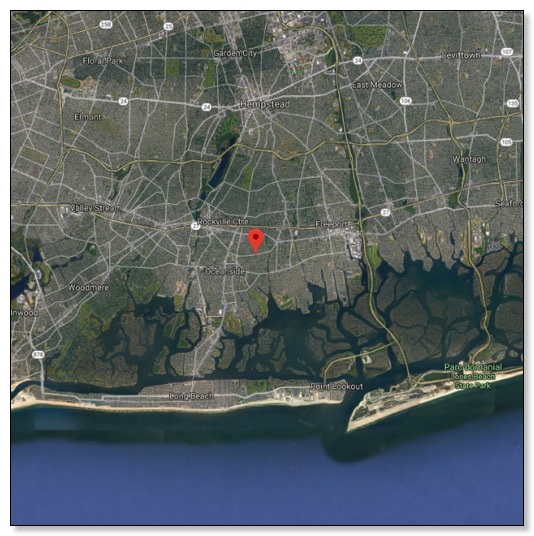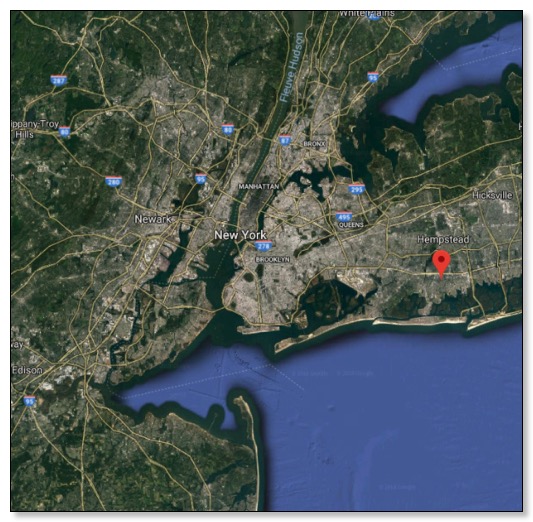Fortescue Quad
USGS 7.5 minute (30 Meter) Digital Elevation Models (DEM's) of Fortescue quad
Metadata:
- Identification_Information
- Data_Quality_Information
- Spatial_Data_Organization_Information
- Spatial_Reference_Information
- Entity_and_Attribute_Information
- Distribution_Information
- Metadata_Reference_Information
Identification_Information:
Citation:
Citation_Information:
Originator: U.S. Geological Survey
Publication_Date: Unknown
Title: USGS 7.5 minute (30 Meter) Digital Elevation Models (DEM's) of Fortescue quad
Geospatial_Data_Presentation_Form: Map
Publication_Information:
Publication_Place: Reston, VA
Publisher: U.S. Geological Survey
Online_Linkage: <http://www.princeton.edu/~geolib/gis/njsdem.html>
Description:
Abstract:
Digital Elevation Model (DEM) is the terminology adopted by the USGS to describe terrain elevation data sets in a digital raster form. The standard DEM consists of a regular array of elevations cast on a designated coordinate projection system. The DEM data are stored as a series of profiles in which the spacing of the elevations along and between each profile is in regular whole number intervals. The normal orientation of data is by columns and rows. Each column contains a series of elevations ordered from south to north with the order of the columns from west to east. The DEM is formatted as one ASCII header record (A- record), followed by a series of profile records (B- records) each of which include a short B-record header followed by a series of ASCII integer elevations per each profile. The last physical record of the DEM is an accuracy record (C-record).
7.5-minute DEM (30- by 30-m data spacing, cast on Universal Transverse Mercator (UTM) projection). Provides coverage in 7.5- by 7.5-minute blocks. Each product provides the same coverage as a standard USGS 7.5-minute quadrangle without over edge.
Purpose:
DEM's can be used as source data for digital orthophotos, and, as layers in geographic information systems, for earth science analysis. DEM's can also serve as tools for volumetric analysis, for site location of towers, or for drainage basin delineation. These data were collected as part of the National Mapping Program.
...
Place_Keyword: US
Place_Keyword: New Jersey
Place_Keyword: Cumberland County
Place_Keyword: Burlington County
Place_Keyword: Fortescue quad
Place_Keyword: Fortescue topo
Place_Keyword: Fortescue
Access_Constraints: none
......
http://gisserver.princeton.edu/NJDEM/metadata/fortescu.htm
Generated by mp version 2.3.6 on Fri Jun 23 11:34:35 2000
http://www.topozone.com/map.asp?lon=-75.1676857&lat=39.2006695&datum=nad83


Fortescue Road
Fortescue road à NEWPORT
Glades Wildlife Refuge
Contact: Ken Lore, Preserve Manager
Phone: (609) 447-3425
Location:
• County: Cumberland, New Jersey
• Municipality: Downe Township
• Address: Our Glades Management Center is located at 261 Schoolhouse Road, Newport, NJ 08345.
• Driving Directions: From Cedarville, follow County Route 553 and signs for Newport. Turn right at Frame's Corner (Howie and Jo’s Country Store will be on the left-hand side of the road immediately before the turn) onto Baptist Road. Proceed into Newport, turning left onto Fortescue Road at the flashing light. Stay on Fortescue Road for approximately 1 mile to Schoolhouse Road. The Trust's Management Center is the first driveway on the right-hand side. If you wish to go the Glades Marina, do not turn onto Schoolhouse Road. Instead continue on Fortescue Road. The Glades Marina is located on the left-hand side (marked with conspicuous signage). Just before the bridge over the large creek into the town of Fortescue.
Total Preserve Acreage: 4,780
Profile of On-Site and Nearby Facilities:
• Parking: Parking for 10 vehicles is available at the Russell Farm trailhead along Fortescue Road
• Public Telephone: None
• Bathrooms: Available to organized groups by advance arrangement
• Indoor Facilities: None
•Trails: Trails are currently under development. The Russell Farm Trail is a maintained 1-mile trail that terminates at an observation tower. (Which affords excellent views over the salt marsh and other preserve-lands).
• Guidebooks: A guide to the preserve is available by calling (610)353-5587.
• Drinking Water: Available to organized groups by advance arrangement
• Picnic Areas: None
...
![]()

Fortesque Palace
Palace Le Fortesque
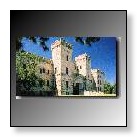
Palace Le Fortesque
Articles & General info: Palace le Fortesque (Doyl... Slack's Home Page) I live in San Jose, California with my SO, Kris- you may have come through her home ... 02/16/2000
Commercial site: http:/ / www.webb.net/ sites/ Palace_de_Fortesque/ doyle.htm (inactif)
Fortesque Pavillion
Fortesque Pavilion in ATLANTIC CITY
EXTRACTS FROM
From Boy Juggler to Star Comedian
One Fun-Maker's Income, Beginning with Five Dollars a Week,
Now Exceeds Five Thousand for the Same Period
By W. C. Fields
Theatre Magazine, October 1928
Reckoned in monetary terms, I was not a howling success at the beginning of my career. Obsessed with the idea of juggling every conceivable object as a lad, very early I became proficient at this art. In fact, I felt sure I was as good as any of the jugglers I saw in shows around Philadelphia, where I spent my childhood.
So, armed with a lot of nerve, equipped with a lot of juggling practice, I sauntered forth in the world at the age of eleven years to dazzle the amusement seeking public with feats of juggling. I got a engagement at a summer park, through a booking-agent. I'll never forget the name. It was Flynn & Grant's Park, at Norristown, and it was a twenty-five-cent trolley ride from Philadelphia. I was to receive five dollars a week.
I got five dollars, but I had to pay a dollar and a half commission to the booking-office, and it cost me over four dollars to ride back and forth to the park. I was rooming in a club over a blacksmith shop and foolishly came into Philadelphia every night to sleep in my old haunt. As a kid I could not reason out that I might have found some place to sleep in the Park. I just got used to sleeping in the shop, and naturally thought I must come back to my room.
I heard there was a demand for talent in Atlantic City, and I went down to that summer resort. I was engaged at the Fortesque Pavilion. Frank Tinney was playing a cornet in the place. They had a stage - the old-timers will recall it. You could get a big glass of beer for a nickel, and sit and watch the show while you quaffed your beer. Of course, a few people ordered more expensive drinks, but there were times when it was difficult to keep the pavilion filled. The things we did there were quite laughable as I look back on them.
A favorite way to fill up the place was to work a fake rescue. One of the performers would go out into the surf, pretend to be caught in an undertow and shout for help. We would all be ready, rush in the water and drag the rescued person into the pavilion. Naturally the crowd followed, and if it was a woman we rescued the crowd was particularly large. Once inside the bought drinks and we were supposed to be entertaining enough to keep them there. It was a great racket and we got plenty of fun out of it. I received ten dollars and cakes. "Cakes" was an expression of the olden days for eats. We had the privilege of ordering what we wanted to eat several times a day. So that was a little better.
The first time I got away from juggling was in a burlesque show. It was a one-night-stand affair, owned by a man named Jim Fulton. All that bothered Jim was that every time he interested an "angel" in the show to pay the bills, the angel got stuck on his wife. He said it seemed odd that with twenty other girls in the show every backer that came along couldn't find somebody else but Mrs. Fulton to be smitten with. I juggled, played a dozen bits, and got a chance to develop a line of humor. Here was another step upward. I got twenty-five dollars a week, but it was rather precarious, and some weeks we did not get salaries.
[Fields' description of a series of jobs at ever increasing salaries omitted]
Of course, I could not escape the motion pictures, and here again was a multiplication of salary. I can not and do not expect the legitimate producers to compete in salary with the pictures. But I must say that when I started out in Flynn & Grant's park at five dollars a week that even my boyish imagination never conceived a salary of more than five thousand dollars a week, for any time in my life. Earl Carroll has seen fit to outbid several other producers to that figure for my newly "discovered" voice, so here I am among the Vanities beauties, my income multiplied exactly one thousand and forty times since I juggled Indian clubs and rubber balls in the open air for five berries a week, three shows a day, seven days to the week.
I like to look back over the good old days. They were all happy because they were full of promise. But you cannot blame me if I do not sigh for their return.
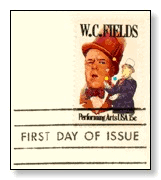
W.C.'S STORY
He was born William Claude Dukenfield on January 29, 1880 in Darby, a town just outside of Philadelphia, Pennsylvania. April 10, 1880 and February 9, 1879 have also been slated as his birthday, and although incorrect, Fields himself never bothered to set the record straight. Why should he? The extra "natal days" provided him with two more opportunities to receive celebratory gifts of assorted beverages. Multiple birthdays would be just a sample of the many myths and legends surrounding "The Great Man," W.C. Fields. But once you sweep the tall tales away, what remains is incredible: he succeeded in seven separate careers that demanded seven separate talents.
Ah yes, the tale tales! As W.C. Fields' grandson, author, producer, and film historian Ronald J. Fields, jokingly notes, "The most difficult part of researching W.C. Fields' life was to separate fact from fiction. Not only did many Hollywood writers build legends around him, but W.C. was the biggest legend producer of all of them." Or as W.C. Fields himself said, "Why tell the truth, when with a little embellishment you can bring fun and laughter to interviews." Film publicists found him to be a dream to work with, because unlike other stars, he didn't care what the Publicity Department wrote about him, just as long as it was in keeping with his mythic image. Fields himself engineered the publicity when he admitted to a reporter, "I wanted to be a definite personality."
The oldest of five children, he was born in a hotel room appropriately situated just above the bar that his father managed. His parents were James and Kate (Felton) Dukenfield. His father immigrated from England at the age of 13 and talked with a pronounced midlands accent (which was a source of amusement to James' wife, Kate, and their young son, both of whom imitated James' accent for laughs). After the birth of their son, Kate insisted that James quit managing the bar (and quit drinking as well) in order to provide a more appropriate atmosphere in which to raise children. James obeyed his wife and became a huckster selling fruits and vegetables from a cart he pulled through the streets of Philadelphia.
Known as Claude to his family and friends, he had inherited his father's blond hair and thus sported the nickname "Whitey," but he resembled his mother the most and he also shared his mother's marvelous sense of humor. She was known for her caustic quips and mumbling commentary, much of which Fields' adopted later in his life and preserved in his films.
When the boy turned eight years old, his father insisted that he quit school in order to help him on his huckster route. The work meant rising before dawn so the boy spent most his afternoons trying to find a profession that would allow him to sleep late. Eventually, he began to sneak into Vaudeville houses and gained a fascination for jugglers, and an appreciation for their business hours. These two bits of fact helped to build the many legends as to how Fields learned to juggle. One story goes that Fields taught himself to juggle by tossing the fruit from his father's cart, and that early misses created swift discipline. Another story, as later handed down by Fields' son, W.C. Fields, Jr., claimed that when Claude was around fourteen years old, he used to break into the Keith Vaudeville theatre to watch the show. After he saw a performance of the juggling Burns Brothers, he was inspired to become a juggler. As the story goes, while walking home from the performance he saw some apples on the ground under an old apple tree. He picked up three of them started to juggle. He quickly found that he had, as Fields described it, "a fatal facility for juggling." From then on he juggled anything he could find. His father loved cigars and stored the empty boxes in the barn. With those in hand the young lad invented the three-cigar box trick (which jugglers still use today). He also developed an amazing routine, which included juggling twelve cigar boxes at once. Within three years from this modest beginning of juggling tennis balls, apples, stones and cigar boxes, Whitey put together a vaudeville juggling act that brought him considerable recognition in the Philadelphia area. He eventually added whiskbrooms, knives, horseshoes, and lit cigars to his routine. At the age of 17, he was working church bazaars and school circuses in his neighborhood. During the summer of 1897, he worked at Flynn & Grant's Park at Norristown, Pennsylvania. The job paid $5 per week, and stands as his first employment as an entertainer. In 1898, a scout from Atlantic City's boardwalk saw Fields perform and offered him a contract to play at a beer hall in Atlantic City Fortesque's Pier Pavilion, which also had a stage. Thus, at eighteen years of age Fields signed his first professional contract, and began his first career.
"Legend!" records that at the age of eleven or so, the young boy had a violent row with his strict father and hit the streets never to see his family again. W.C. himself loved to propagate this tall tale. But in a 1970's interview by Ronald J. Fields with W.C.'s sister, Adele, the truth finally reached the light of day. Adele remembered clearly that when the Atlantic City deal came down she and her mother actually walked "Claude" to the train station. Adele added that her brother did have a rebellious nature and occasionally would spend a couple nights at a time away from home, usually at his grandmother's, but he always returned home, until he left for vaudeville to begin his professional career in June of 1898.
When William Claude Dukenfield arrived at Fortesque's Pier Pavilion, he realized that his name would not fit on the marquee. So with the help of Fortesque's manager, "William Claude Dukenfield, Juggler Extraordinaire" became "W.C. Fields: Tramp Juggler." Fields donned the tramp motif, which included dark greasepaint, a fake beard, and tattered clothes, primarily because he couldn't afford a fancy costume. Furthermore, with part of his pay based on the size of his audience Fields became a "professional drowner." In a three-man cabal with the theatre manager and an Atlantic City beach lifeguard, W.C. would inconspicuously wade out into the ocean and after a time he would pretend to drown with the appropriate flailing and screaming. Invariably, a large crowd would gather as the lifeguard dove into action. After towing the supposedly unconscious Fields to land, the lifeguard would then carry the 5'8" 125 pound lad to the pavilion and through the turnstiles as a crowd of shocked and curious onlookers paid the waiting theatre manager an entrance fee just to see if the "victim" would recover. Undoubtedly, dealing with this seamy side of Atlantic City inspired the older W.C. to create his patented roguish characters of theatre and circus managers made famous in his film career. As the New York Times would later report: "In the closing days of the 19th century, William Claude Dukenfield of Philadelphia created in his own image and likeness a fictitious character named W.C. Fields to represent him on the stage."
Atlantic City turned out to be a short visit. Sometime near the end of the summer of '98 a scout from a traveling vaudeville troupe, the Irwin Burlesquers, caught Fields' act and signed him to a tour. On his first night with the Burlesquers, he met a chorus girl named Hattie Hughes. They fell in love, and he made her a part of his act. She wore a tuxedo and tight satin pants, and played what they called then a straight man, or in this case woman.
PSEUDONYMS
Fields invented many funny names, both for his characters and for his own screenwriting credits:
…
A. Pismo Clam
Oliotha Shugg
Countess de Pouisse
Sir Mortimer Fortescue
Olga Limbo
Egbert Souse
…
HONORS & AWARDS
Although he did not receive any awards in his lifetime, he did present his friend, Mack Sennett, with an honorary Oscar.
The Pennsylvania State Historical and Museum Commission erected a commemorative marker to Fields.
Fortescue New-Jersey
Fortescue, New Jersey, United States is in Cumberland County
Fortescue, New Jersey
46 miles from Philadelphia, PA
location is 39°14'15"N 75°10'19"W;
elevation is 6 feet;
was named in year 1898 [SourceGSP]
Zip Code is 08321
Fortescue - Titled "The Weakfish Capital of the World", Fortescue is located along the Delaware Bay.
Fortescue is home to many marinas and fishing areas. You may dine or watch the shellfish fleet bring in oysters from the Bay.![]()
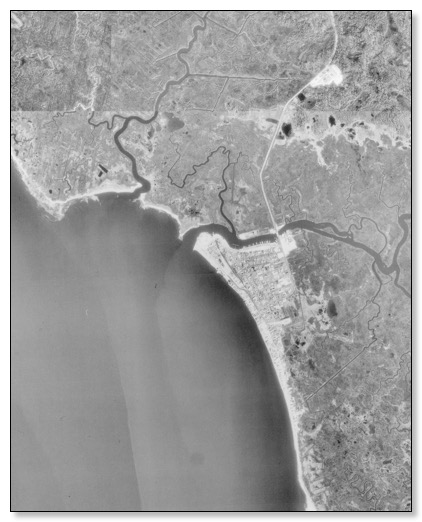
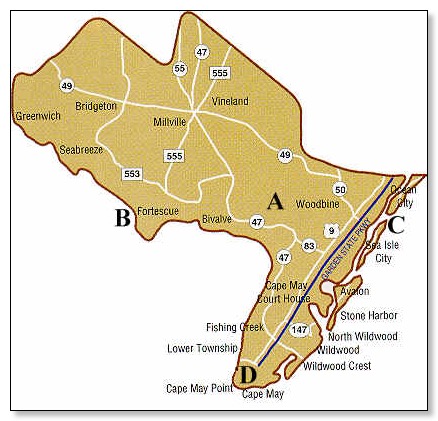
![]()
Fortescue Maps (Courtesy of Mapquest)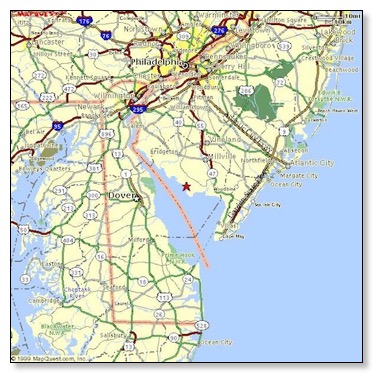
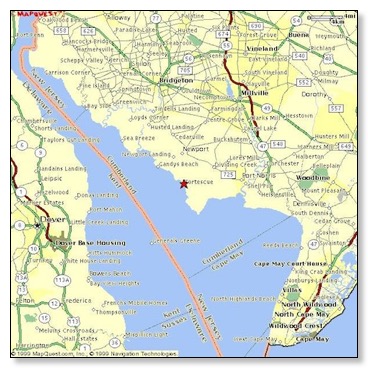
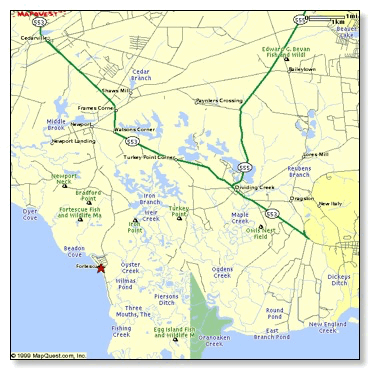

![]()
New Jersey Fishing and Hunting Report![]()
It Was a Very Good Year
The fishing Season of 1997, like the Year, is gone.
...
1997 will go down in the history books as the year of the striper in DelBay. The most impressive fishing came in the early Spring and late Fall. Drifting live eels and bunker heads seem to work the best. I have been fishing in Fortesque for over twenty years and this year’s catch contained the nicest fish I have seen. The charter and party-boat fleet produced substantial catches each and every day of the season. The catches continued well into December before the Fortesque Fishing fleet shut down. Fish of 30to 45pounds were more the norm than the exception. It would be a crime if the striper regulations were to be changed but that is the grist for another column. All in all, I suspect, (at least from my records), that we in the upper DelBay especially in the Fortesque area had as good a year as we have had in many a year.
...
![]()
Exploring Some Delaware Bay Remote Meadow Ponds
http://www.biblebelievers.org.au/willie04.htm
August 1998
Psalm 71 : 5,8 For You are my hope, O Lord God; You are my trust from my youth. Let my mouth be filled with Your praise and with Your glory all the day .
The creek ship Cyn~Mel~Sue was stripped down for speed and a day of exploration. The Captain and Brittany, the English Springer Spaniel, departed the Owl's Nest Boat Launch as the early morning sun began to rise. Two of the boat seats had been removed and only the necessary equipment for crabbing, fishing, and a picnic lunch were loaded. The Captain was hunting for and only keeping huge monster Blue Crabs today. He wanted to start the day exploring areas he had never been in, around the hundreds of winding creeks and ditches that snake through the meadows and patches of woods from Dividing Creek to the Delaware Bay along Fortescue, NJ. This would be a day for a new adventure, observation of God's wonderful wilderness creation, worship, and dinner catching. The Capt. didn't even take a watch, he would follow the sun.
Brittany the water dog flopped into the creek for her pre-adventure swim as the Capt. warmed up the engine. She swam to the boat and hopped aboard. The lightened creek ship opened up to full throttle. Brittany had to stand up on the bow to keep it down some as the boat leveled off and glided along. The Capt. began to daydream of finding a remote meadow pond with huge crabs in it. A pond way out where nobody goes. The Capt. navigated up a creek he had never been in, it took him through Fortescue, and then right into the Delaware Bay. The Capt. followed the shore line along the bay until he spotted another creek. This creek had some nice sandy beaches along it. A great place to take the Mrs. for a picnic sometime. The Capt. and canine took in all the wonderful sights of this remote meadow world. In this area were dozens of species of birds. The Capt. spotted some Giant Blue Herons, some Red Wing Blackbirds, several types of Ducks, and so many different Sea Birds, he could not possibly name them. The CMS's bow anchor was thrown overboard near the beach, and the Capt. walked ashore with a crab net. Brittany took off like a shot romping through the meadow. Being a bird dog by nature, Brittany went on a bird investigation of her own in the meadow. The Capt. spotted some small and well hidden meadow ponds. The first pond looked deep, it was round, and about 20 yards across. The pond was landlocked. The Capt. saw small schools of minnows in a rush trying to escape something. The Capt. stood along the bank, then he saw something move. The moving object was heading toward the edge of the pond. The OLE Capt. could hardly believe his eyes, out of the depth of this pond was a monster crab slowly heading toward him. Blue Claw Crabs are not true scavengers. They only eat living and fresh dead things. This crab was king of this pond, and he was chasing some minnows to the bank.
At first glance, the meadow and water areas here look so peaceful. The fact is, the food chain was at work, and everything was trying to eat something. This huge Pond King was tracking his food. Capt. Willie, a proud member of the meadow food chain stood poised at the edge of this pond, waiting for his dinner. The King Blue was in about 12 " of water and about 3 feet away when the Capt. swept his net down on top of him, and dragged him out of his water home. The Capt. was thrilled and ran to his boat with the first catch of the day. He dumped this monster crustacean into the boats crab holding tank. ( a cooler with ice in it). He grabbed a trap and headed back to the pond with a vision of catching a bunch of these monsters. The King Blue turned out to be the only crab in the pond, he must have lived his whole life, trapped here, except in very high tides. He had gotten big and fat with all those minnows and grass shrimp.
The Capt. moved on to a couple of other ponds. He observed several areas where the grass was matted down. Small herds of deer had been here resting. In this area, and where there are clumps of trees, big bucks hide out. Once in a while a deer can be spotted working their way across the meadow. The Capt. hoped with the tide going out, some of these ponds that were not landlocked would yield more monster blues. The next pond produced 2 nice big keeper crabs. Brittany continued to race around splashing in the ponds and ditches. The Capt. decided to move on, and back to the creek ship he went. Whoops ! The boat was on dry land, the tide had moved out very fast. The Capt. chuckled, he was the one trapped now with the tide out instead of the crabs. He stopped chuckling when he realized how heavy this boat was. The Capt. pushed and pushed and pulled and slid. He was finally able to get his ship to the water. Brittany of course was not interested in helping. All she cared about was chasing birds and looking for lunch. The Cyn~Mel~Sue was back in the water again. The Capt. headed for new area now in search of big crabs for dinner. The weather was perfect for crabbing, it was cloudy with huge white and gray clouds, not humid, a slight breeze, and no bugs at all. What a wonderful day to explore!
The Cyn~Mel~Sue navigated back through Fortescue. Fortescue, NJ is a great fishing town. The waterway leading from the Delaware Bay into the town is lined with docks and boats. Bay Charter boats are all over. They were all out fishing on this day. Once past the boats, the creek ship opened up and headed toward Beaver Dam.
The Cyn~Mel~Sue was positioned in an area with a swift moving tide where 3 creeks meet, and the tide and wind were going the same way. One of these creeks was draining a huge mud flat. Though a new spot to the crew, this place looked great. The twin anchors were thrown, one off the bow, and one from the stern. The Capt. hoisted the ships colors (a blue and green beach umbrella) and settled back. He also cast out a fishing line. When the first trap was pulled, the Capt. knew he had hit a crab hot spot. Ripping in 2 and 3 nice big crabs per trap the Capt. kept busy. The holding tanks quickly filled (a bushel basket with the cooler). Then the fishing pole jumped around and the Capt. brought in a nice striper. He was a beauty, but a little to small to keep. Strippers must be 28" to keep.
Brittany began to whine a little, it was time for lunch. The Capt. brought her a nice can of dog food. She wolfed it down, drank some water then dove overboard for a swim. When the Capt. wanted to eat a sandwich, she climbed right back aboard and began begging for his food. What a pig this dog is! She wants to eat everything. On the last trip, the Capt. turned his head for one-second, and the Spaniel took a huge bite of his sandwich! Well, rules are rules, and the creek rule for this one is, you walk the plank when you steal the Capts food! So overboard she went.
The Capt. was really enjoying the sights on this wonderful day. He had plenty of crabs, and decided to head toward the boat launch. Because the tide was now dead low, the Capt. had to go crab trolling. The Cyn~Mel~Sue eased her way into a shallow ditch with high mud banks. It was wall to wall crabs, minnows, and grass shrimp. With the tide down, all the creatures were condensed into a smaller area. A creek feeding frenzy was going on. Entire schools of minnows and shrimp were leaping into the air to escape bigger fish and crabs. Some minnows in a desperate attempt to escape leaped onto the creek mud banks, then slid back into the water. Some crabs jumped right out the water and onto the banks with them. Lots of crabs were resting on the banks also.
The Capt. likes to catch soft-shell crabs at this time. These are crabs that just shed their shells, and they are waiting for their new shells to harden. They are very weak, and the female softshells have a male with them to protect them. The Capt. is always happy to have them both for dinner. Softshells are fun to eat, you eat the shells and all after cleaning out their insides. They are best deep fried. The Capt. netted several nice crabs then headed closer to the boat launch a couple miles away. On the way back in the main creek, large crabs could be seen along the banks catching minnows. The Capt. cruised slowly scooping up the biggest ones. Crab greed had now set in, and the Capt. could not stop himself from catching more. As the incoming tide picked up speed, the Capt. decided to head in. The Capt. loaded his boat and catch at the boat launch. Crabbing on the shore was a father with his two small sons. They had only caught 5 crabs. The father struck up a conversation with the Capt. The father began to talk about the Lord and how great he is! The Capt. told the father that he also was born again. The Capt. then asked the man how he cooked his crabs. The man gave the right answer, he cleans them first, so the Capt. gave them about 3 dozen nice crabs to take home. They were happy and blessed, the Capt. was happy and blessed, Brittany was hungry, and only a couple hours of sunlight remained. The creek dog walked up on the old Owl's Nest Bridge and dove to into the creek about 12 feet below for a last swim. (show-off! ) The crew headed home.
Once back at land base, the Capt. cleaned his catch and began to olive oil steam the crabs in garlic and Italian bread crumbs with cheeses. A few crabs were traded to the Broad Street Bully for some weak fish. ( sea trout) It was a wonderful day. It was a great day to enjoy the Creators natural and living artwork. It was a blessing to be a creek explorer.
Captain Williecrab, Creek Explorer Into the 21'rst Century ! To God Be The Glory !!
![]()
Cumberland County
Fortescue Fish and Wildlife Management Area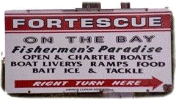
Fortescue, NJ 08321
(609) 447-5115
Locator Map
Picture : Fortescue sign, View of the Terrain
Facts : Weakfish Capital of the World
Size : N/A
Price : None
Terrain : Salt marsh and beaches
Activities : Walking, birding, fishing
Birds often seen here : Herons, egrets, glossy ibis, willets, snow geese, raptors, bald eagles, rough-legged hawk.
Directions : Located on the Delaware Bay approximately 23 miles northwest of Cape May, Fortescue is easily accessible from the bay. Access by land is by way of Millville, Route 555. Follow the signs to Fortescue.
Web Site : Fortescue.com
![]()
Fortesque Fire / Rescue Dive Team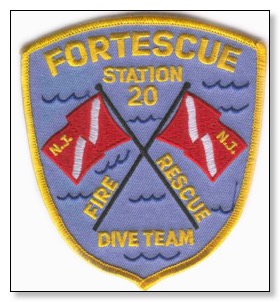
Fortescue Fire/Rescue Dive Team proudly protects 1000-3500 people living in an area of 14 square miles. We operate out of 1 station that protects a primarily rural area. Our department is a public department whose members are on a volunteer status. We have an ISO rating of 6.
Fortescue is a unique department because of its location.
The small rural island community is located on the southwest corner of Cumberland County in New Jersey on the Delaware Bay.
This small secluded town caters to the boating industry and other water sports. The population ranges from 1000 people during the off season and during the summer months this town grows to over 3500 residents. However, 500,000 people visit Fortescue annually. The company's main objective is to provide Fire/Rescue protection but their speciality is water rescue and diving.
![]()
PHOTO POSTCARD FROM THE EARLY 1900'S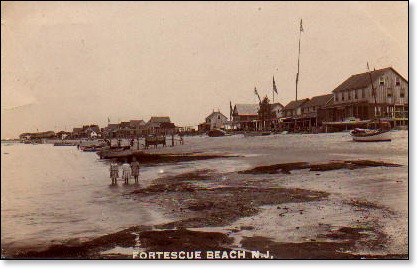
![]()
Exaggeration Greeting, Fortescue, N.J.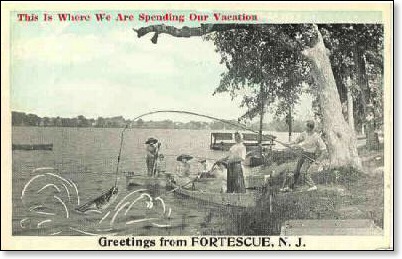
"Freak Fish". Greetings from Fortescue, New Jersey.
Image shows man pulling in a huge fish
![]()
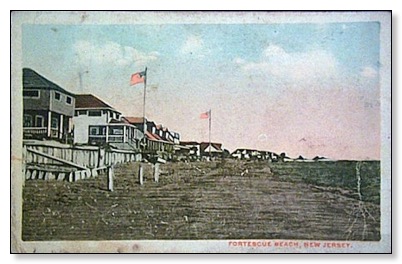
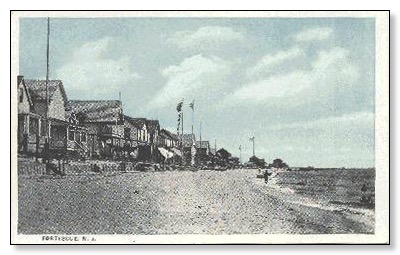
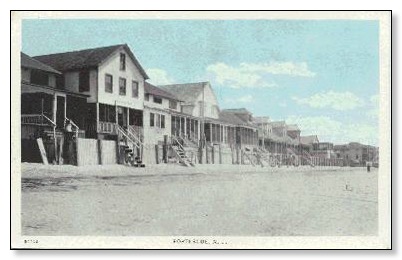
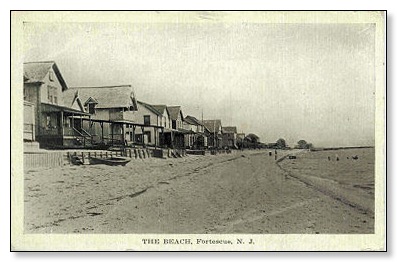
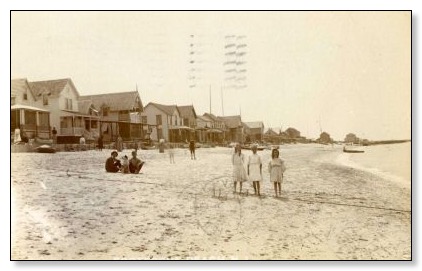
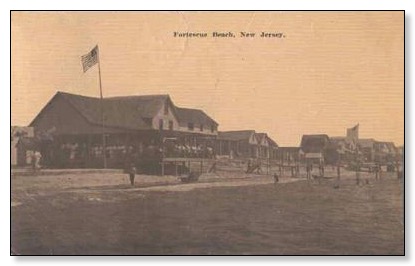
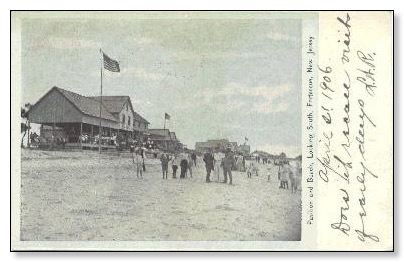

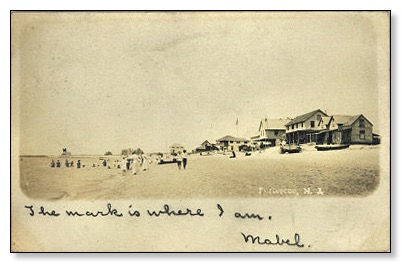
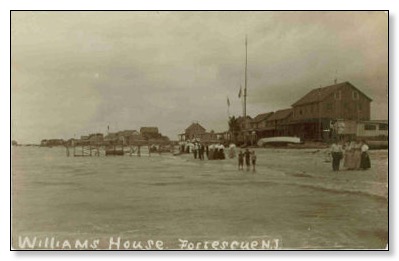
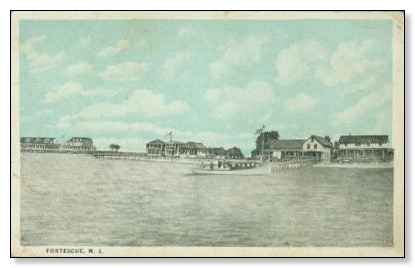
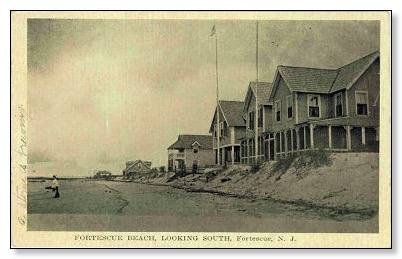

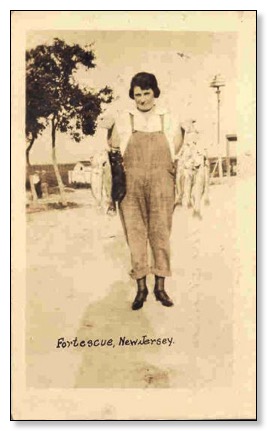
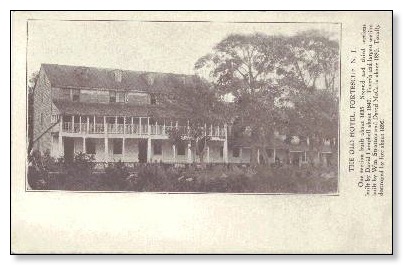
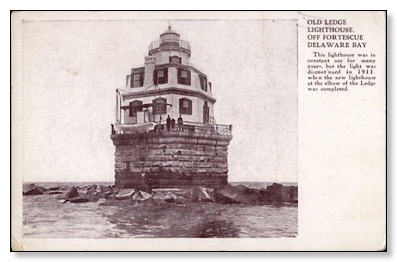
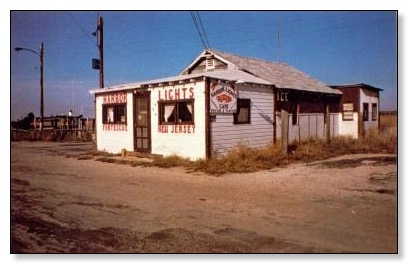
fortescue_nj_harbor_cafe - photo by Carole Reily
![]()
http://www.placesnamed.com/F/o/fortescue.asp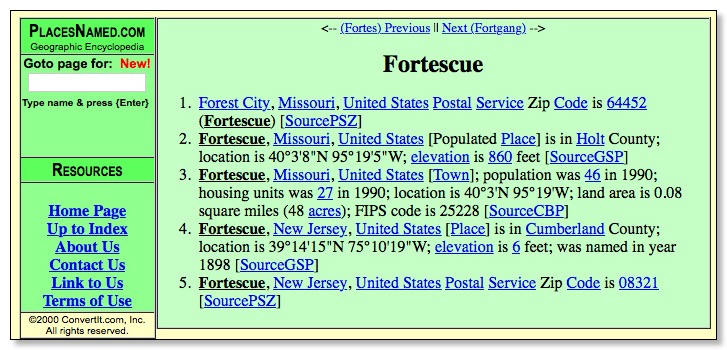

Fortescue Missouri
Fortescue, Missouri, United States
population was 46 in 1990; housing units was 27 in 1990;
location is 40°3'N 95°19'W;
land area is 0.08 square miles (48 acres);
elevation is 860 feet
State Capital: Jefferson City
Zip Codes : 64452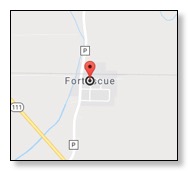
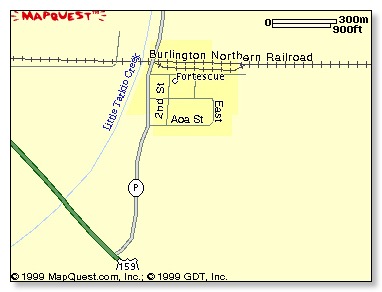
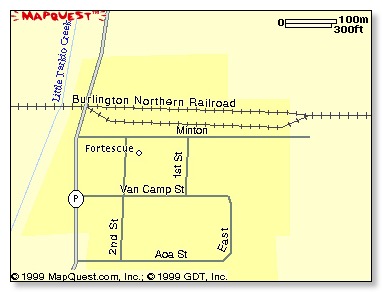
![]()

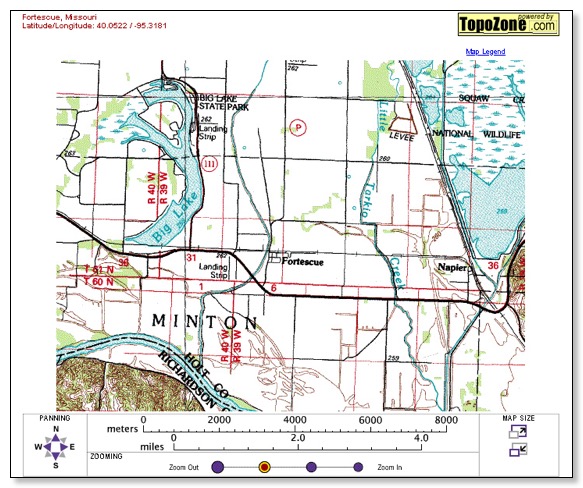
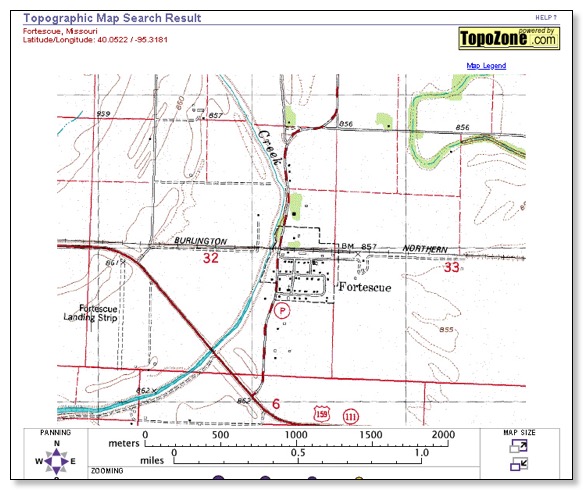
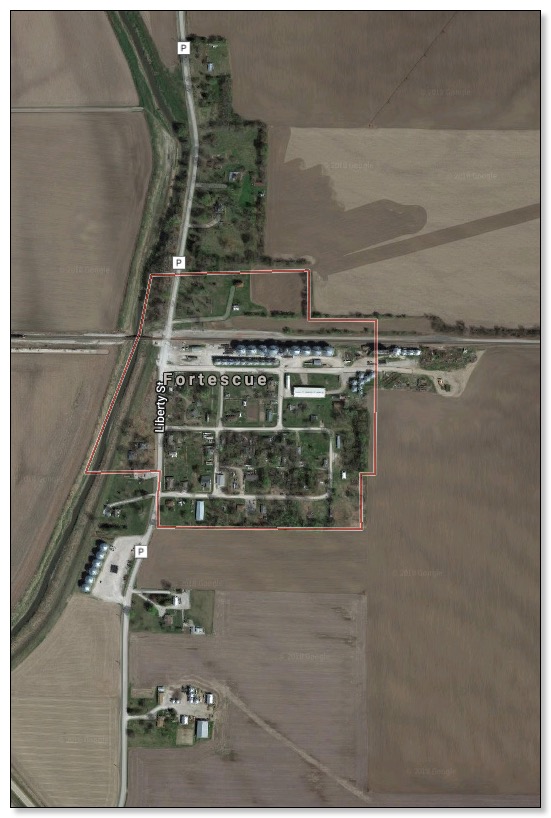
![]()
MISSOURI STATE CENSUS DATA CENTER
1990 STF3 EXTRACT REPORT: MISSOURI PLACES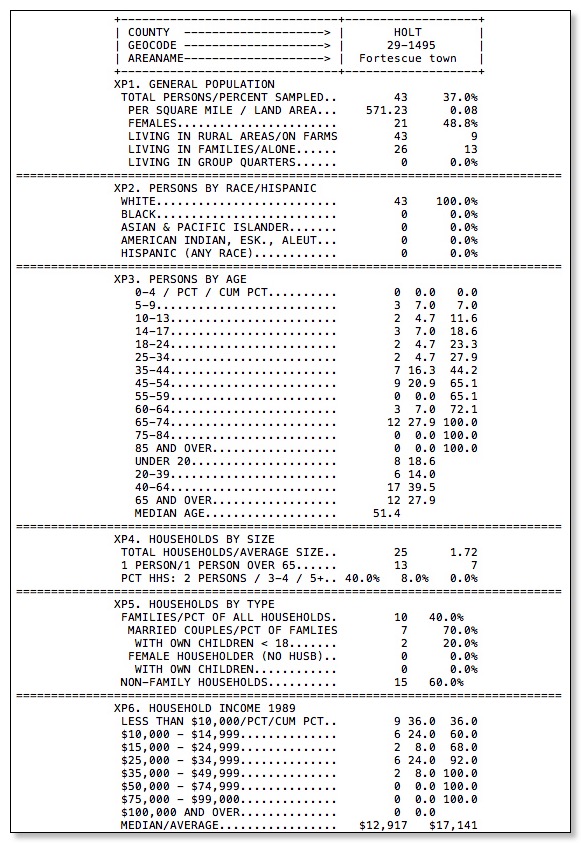
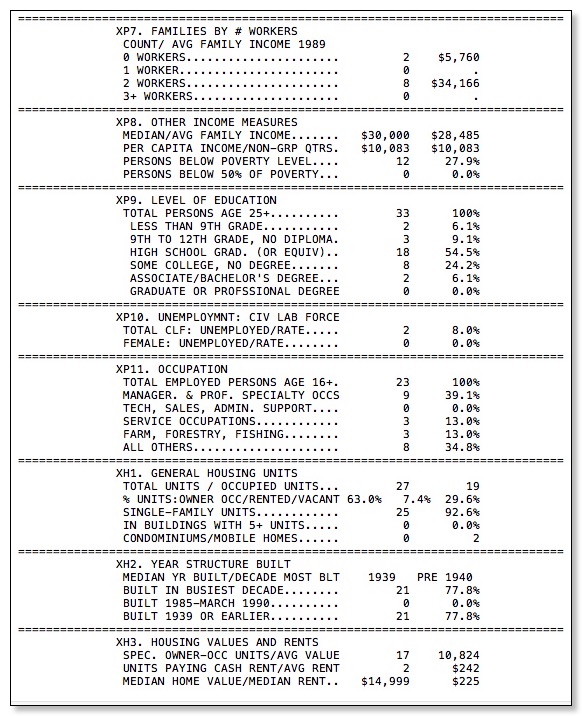
![]()
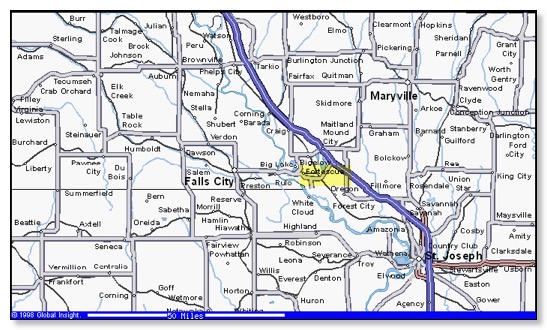
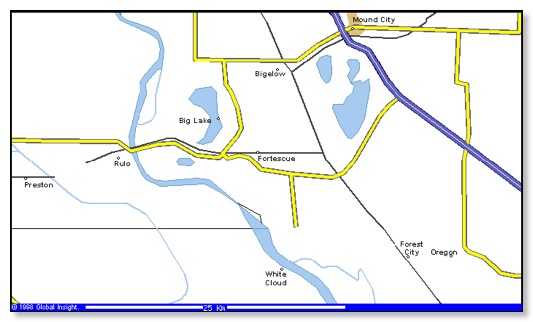
![]()
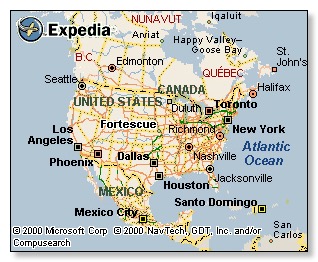
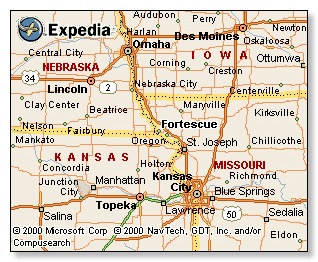
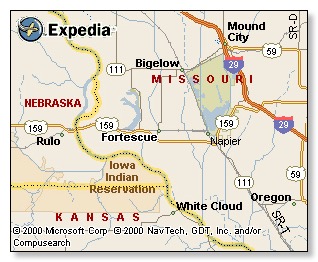
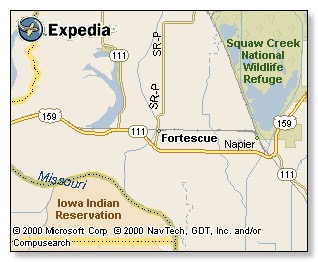
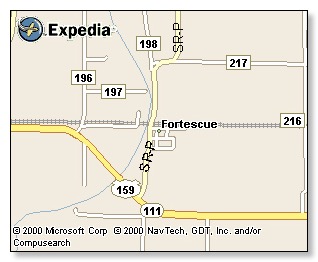
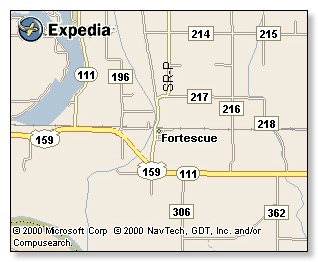
![]()
Welcome to Key to the City's page for
Fortescue Holt,
Missouri
The Missouri state capital is Jefferson City.
| Statistics & Facts |
| © 2000 Key to the City Web page design by Snow Enterprises, Norco, California |
![]()
http://www.placesnamed.com/F/o/fortescue.asp

Fortescue Creek
New Jersey Division of Fish, Game and Wildlife
Marine Fisheries Administration
1999 Commercial Regulations![]()

The following is a summary of the New Jersey commercial fishing regulations....
...
CRAB POT / TROT LINE
SEASON: Delaware Bay and its tributaries - April 16 to December 14; all other waters - March 15 to November 30.
AREA: The following waters are closed to the use of crab pots and trot lines: Cumberland County - Cohansey River, Back Creek, Cedar Creek, Nantuxent Creek, Fortesque Creek, Oranoken Creek, Dividing Creek; Cape May County - West Creek, Bidwell Creek and the Cape May Canal; Atlantic County - Hammock Cove also known as Dry Bay. Ocean County - On the eastern shore of Barnegat Bay, that area of the Sedge Islands Wildlife Management Area enclosed by a line drawn from the northern bank of Fishing Creek on Island Beach State Park to the northern tip of the Sedge Islands (Hensler Island), then south from point to point along the western side of the Sedge Islands Wildlife Management Area and terminating on the most southwestern point of Island Beach State Park.
...



